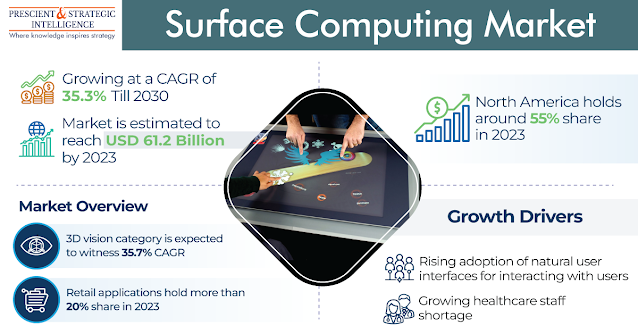According to the latest market research study published by P&S Intelligence, the U.S. social networking market, valued at USD 138.9 billion in 2024, is on track for extraordinary growth, projected to more than double to USD 304.5 billion by 2032 at a 10.5% CAGR. Social platforms are increasingly woven into the fabric of daily life, redefining how Americans connect, entertain, shop, and share experiences.
Four major platforms—Facebook, Instagram, Twitter (X), and
LinkedIn—continue to lead user engagement, while TikTok dominates as the
fastest-growing network, capturing younger audiences with its innovative
short-form video content.
Download free Report Sample Now
Key Growth Drivers
- Video-first
engagement: The rise of TikTok, Instagram Reels, and YouTube Shorts
highlights consumers’ shift toward live streaming and short-form videos as
primary sources of entertainment and interaction.
- Smartphone
& 5G penetration: With 85–90% of U.S. adults owning smartphones
and 5G networks covering nearly 70% of the population, seamless social
media access and real-time interaction have become mainstream.
- AI-powered
personalization: Platforms leverage artificial intelligence to deliver
hyper-personalized feeds, boosting engagement and influencing consumer
behavior. Roughly 80% of U.S. users report purchase decisions driven by
influencers.
- Integrated
commerce: Shopping features embedded within apps have transformed
platforms into powerful sales channels, with over 270 million Americans
shopping online in 2023.
Market Insights
- User
Segments: Personal users represent the largest share (45% in 2024),
while business users are the fastest-growing, increasingly leveraging
social platforms for branding, customer engagement, and targeted
advertising.
- Platform
Share: Facebook leads with 35% share and more than 194 million monthly
active users, while TikTok is the fastest-growing platform, with U.S.
adults spending an average of 44 hours per month on the app.
- Functionality:
Communication dominates with a 30% share, while marketing is the
fastest-growing category, as U.S. businesses are expected to spend nearly USD
80 billion on social media advertising by 2025.
- Revenue
Models: Advertising remains the largest source of revenue (50%), but
subscriptions are emerging as the fastest-growing model at an 11.5% CAGR,
led by Twitter, LinkedIn, and Snapchat.
Regional Outlook
The Southern U.S. leads with 55% market share and remains
the fastest-growing region, driven by urban density, younger demographics, and
robust broadband access across states like Texas, Florida, and Georgia.
Competitive Landscape
The market is moderately consolidated, with leaders like Meta
Platforms, Alphabet Inc., LinkedIn, Twitter (X), Pinterest, and Reddit
dominating, while community-driven entrants such as Discord, BeReal, and
Clubhouse are fragmenting the ecosystem. Competition is intensifying with the
rollout of AI features, short-video tools, and integrated shopping experiences.
Recent Developments
- Meta
Platforms Inc. to introduce advertisements on WhatsApp (June 2025).
- Publicis
Groupe acquires Captiv8 to expand influencer marketing capabilities
(May 2025).
- Alphabet Inc. announces a USD 75 billion AI investment (Feb 2025).
- Discord Inc. rolls out a privacy-focused “Ignore” feature (Feb 2025).










